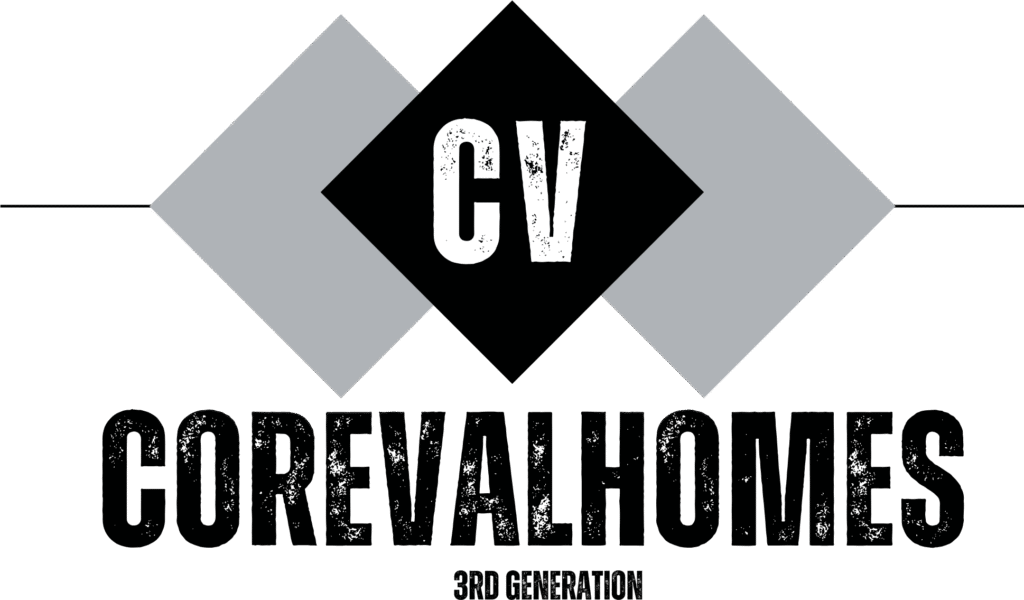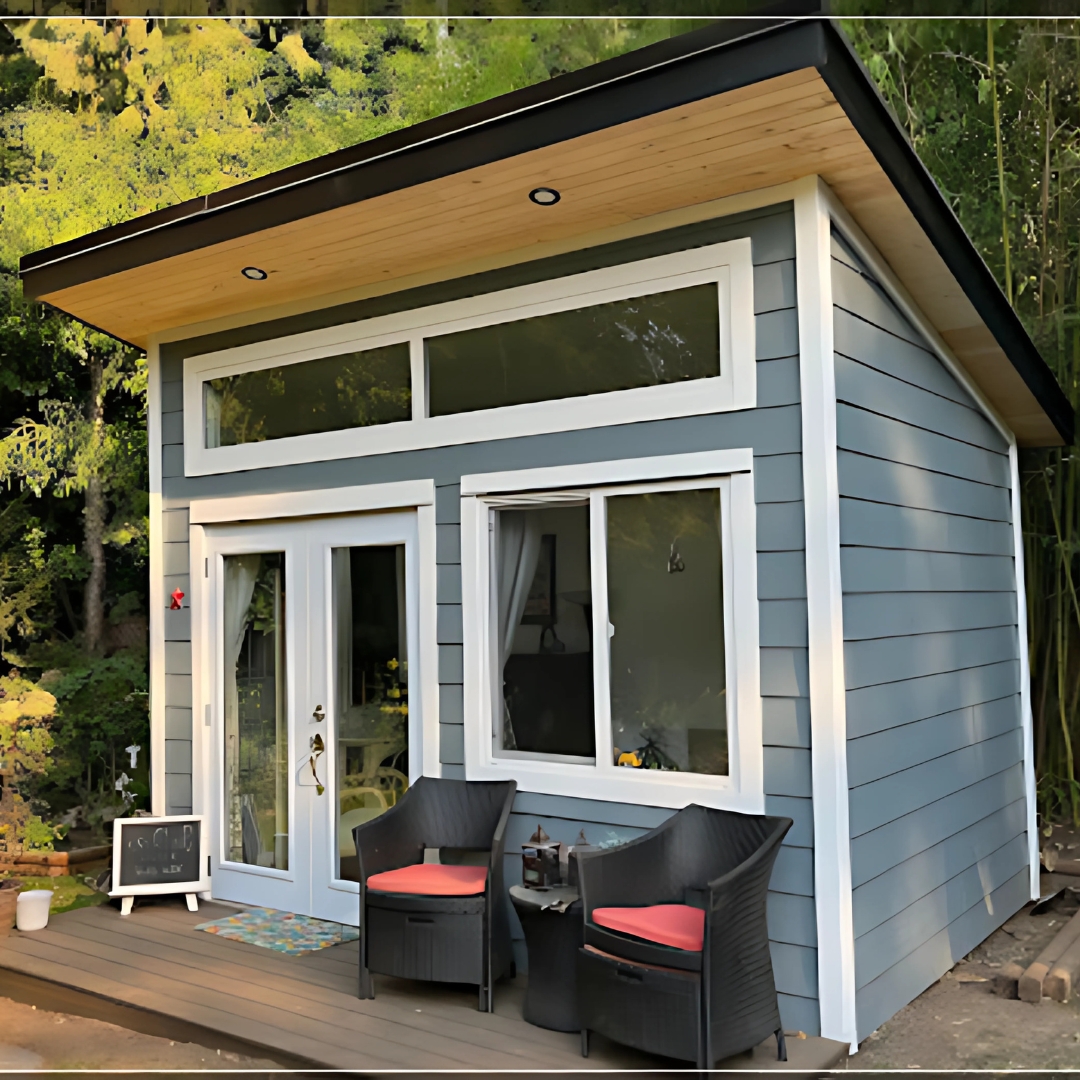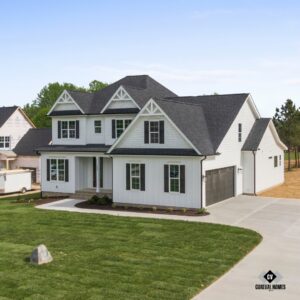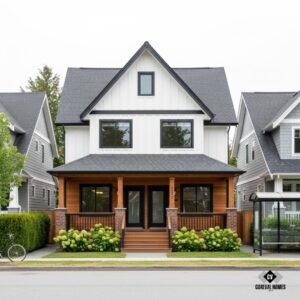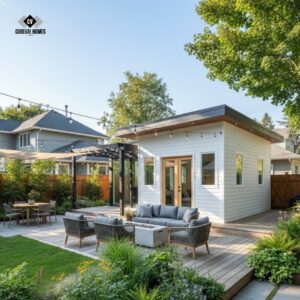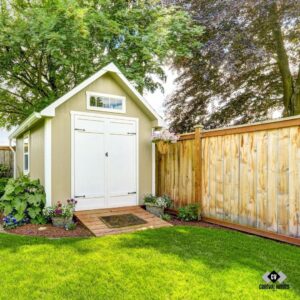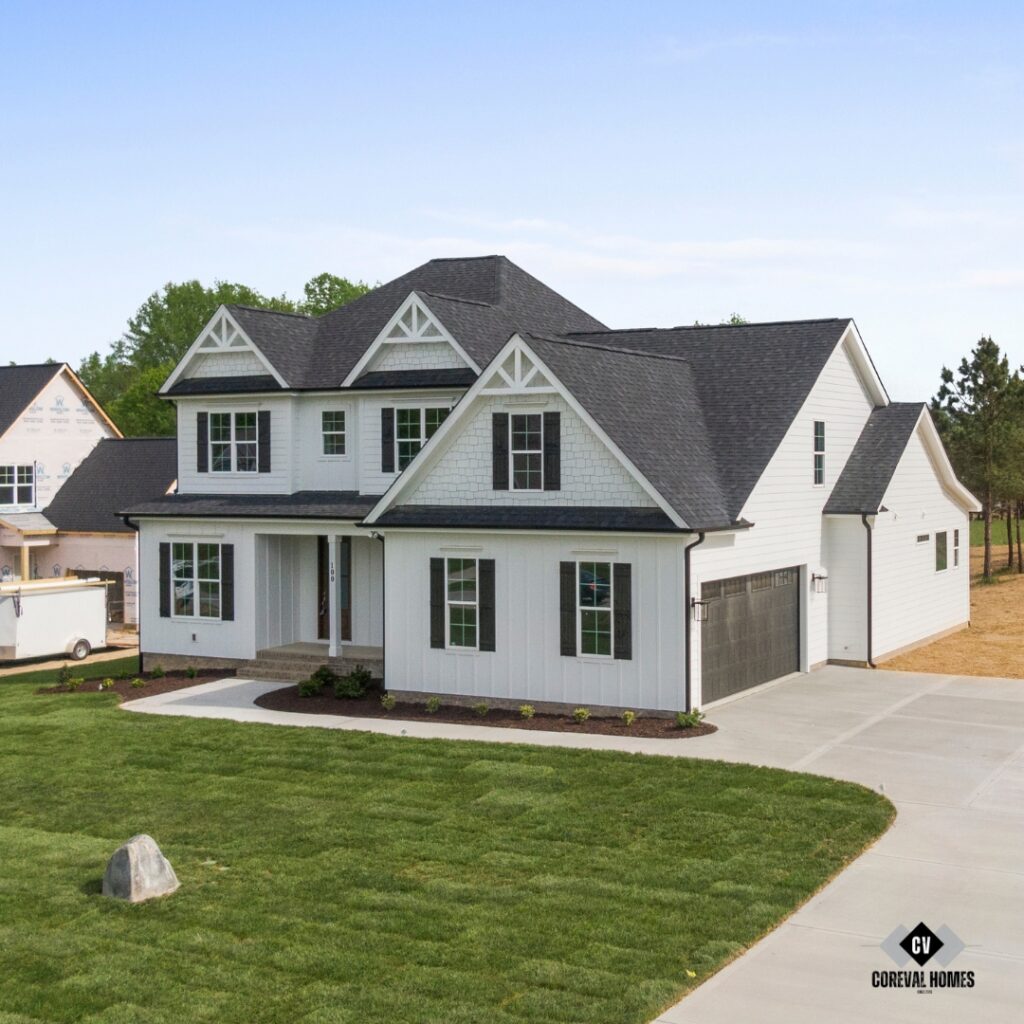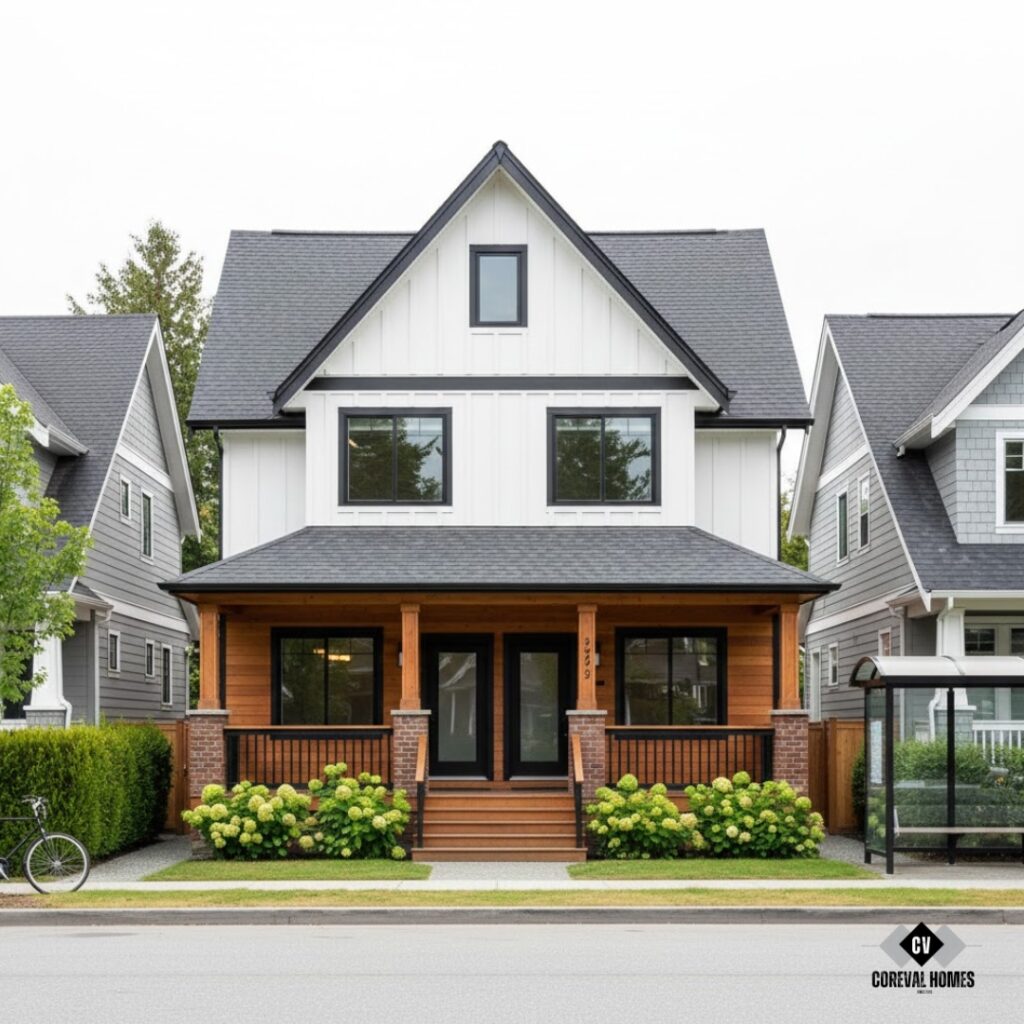As urban areas like Vancouver face increasing housing challenges, laneway homes have emerged as a transformative solution. These compact, secondary dwellings built on existing residential lots not only address housing shortages but also provide an ideal setup for multi-generational living.
At CoreVal Homes, we specialize in creating laneway homes that balance functionality, privacy, and community, making them perfect for families seeking to live together while maintaining independence.
The Rise of Multi-Generational Living
Multi-generational living is becoming more common across Canada, driven by economic pressures, aging populations, and the desire for stronger family bonds. According to a 2021 Statistics Canada report, nearly 7% of households in the country are multi-generational—a number that has grown steadily over the past decade. In Vancouver, where the average home price exceeds $1.2 million, laneway homes offer an affordable and practical alternative to traditional single-family dwellings.
Why Laneway Homes?
Laneway homes are uniquely suited to multi-generational living for several reasons:
- Privacy and Independence: Unlike shared single-family homes, laneway houses provide separate living spaces with their own entrances and amenities.
- Cost Efficiency: Families can pool resources to build a laneway home, reducing financial strain while increasing property value. A typical laneway home in Vancouver costs between $200,000 and $400,000 to construct5.
- Aging-in-Place: For elderly family members, laneway homes offer proximity to loved ones while maintaining autonomy. This setup reduces the need for costly assisted living facilities.
Designing Laneway Homes for Multi-Generational Living
Creating a laneway home that accommodates multiple generations requires careful planning. CoreVal Homes employs innovative design principles to ensure these dwellings meet the diverse needs of families.
1. Layout Optimization
Given the compact nature of these dwellings, adaptable designs are essential. For example, a ground-floor area can be initially designed as a bedroom and later converted into a home office or playroom as family needs evolve.
However, due to the smaller size of laneway homes, typically ranging from 300 to 1,200 square feet, a single efficient kitchen with ample storage and multi-functional appliances can serve the needs of residents while minimizing clutter and maximizing space.
2. Functionality Meets Comfort
Functionality and comfort must be carefully integrated to create a livable and efficient space. For example, soundproofing is essential to maintain privacy and reduce noise disruptions, especially since laneway homes are often situated close to main residences. High-quality insulation between walls and floors is crucial for this purpose.
To maximize space efficiency, built-in storage solutions such as shelving and under-stair storage are indispensable. Multipurpose furniture, like sofa beds or storage ottomans, also helps optimize the use of limited space.
While universal design features like wide doorways and step-free entries are beneficial for accessibility, they may be more challenging to implement in smaller laneway homes. However, incorporating grab bars and ensuring that the layout is navigable for all ages can enhance comfort and safety for residents, including elderly family members.
3. Sustainable Building Practices
Sustainability is at the heart of modern laneway home construction. Energy efficiency is a key focus, with features such as high-performance insulation and energy-efficient appliances being crucial in these compact dwellings.
While solar panels might be less common due to space constraints, they can still be considered for smaller installations or integrated into the design where feasible. Water conservation strategies, such as rainwater harvesting systems, can be effectively used to support landscaping or non-potable water needs, though they may require careful planning due to space limitations.
The use of eco-friendly materials in construction not only minimizes environmental impact but also contributes to healthier indoor air quality, which is particularly important in smaller living spaces.
The Community Impact of Laneway Homes
Laneway homes do more than serve individual families—they contribute to broader community goals:
- Urban Densification: By adding housing units without expanding city boundaries, laneway homes combat urban sprawl.
- Affordable Housing Solutions: These dwellings provide rental opportunities that are more affordable than traditional apartments or condos.
- Strengthening Neighborhoods: Multi-generational families living in close proximity foster stronger community ties.
According to Metro Vancouver data, over 3,500 laneway homes have been built in the city since 2009. These homes are typically 500–700 square feet in size but can go up to 1,000 square feet depending on zoning regulations.
Overcoming Challenges in Multi-Generational Living
While multi-generational living offers numerous benefits, it also presents challenges such as privacy concerns and differing lifestyles. Laneway homes mitigate these issues through thoughtful design:
- Zoning Compliance: Adhering to local bylaws ensures the home fits seamlessly into the neighborhood while maximizing allowable space.
- Shared Utilities Management: Proper planning for utilities like water and electricity prevents disputes over shared costs.
- Outdoor Spaces: Creating shared gardens or patios encourages family interaction without infringing on personal space.
Financial Benefits of Laneway Homes
Laneway homes offer significant financial advantages:
- Increased Property Value: Adding a secondary dwelling can boost property value by 10–20%.
- Rental Income Potential: Families can rent out the unit during periods of non-use or when additional income is needed.
- Cost Sharing: Splitting construction costs among family members makes these projects more affordable.
For example, building a 700-square-foot laneway home at $300 per square foot would cost approximately $210,000—far less than purchasing a separate property in Vancouver’s competitive market.
Regulatory Framework in Vancouver
Building a laneway home requires navigating local regulations:
- The City of Vancouver’s Zoning and Development Bylaw outlines size limits (up to 1,000 square feet) and placement requirements.
- Separate utility connections and addresses are mandatory.
- Incentives like the Green Laneway House Program encourage sustainable construction practices.
CoreVal Homes ensures all projects comply with these regulations while optimizing design for client needs.
CoreVal Homes | Laneway Homes Builders
Laneway homes represent an innovative solution for multi-generational living in urban centers like Vancouver. By combining thoughtful design with sustainable practices, these dwellings offer families the opportunity to live together harmoniously while enjoying financial and emotional benefits.
At CoreVal Homes, we pride ourselves on delivering expertly crafted laneway homes that enhance both family life and community well-being. If you’re considering building a laneway home for your family’s future, contact CoreVal Homes today to explore how we can bring your vision to life.
FAQs
1. How can CoreVal Homes assist in designing and building a laneway home tailored to my family’s needs?
CoreVal Homes offers personalized design and construction services to create laneway homes that fit your family’s lifestyle. Our team works closely with clients to ensure every detail, from layout to sustainable features, meets their specific requirements. By choosing CoreVal Homes, you can trust that your laneway home will be both functional and beautiful.
2. What are the typical zoning regulations for laneway homes in Metro Vancouver?
Zoning regulations for laneway homes in Metro Vancouver vary by municipality but generally include size limits, setback requirements, and parking considerations. It’s essential to consult local bylaws before starting a project. CoreVal Homes can guide you through these regulations to ensure compliance.
3. Can laneway homes be used as rental properties?
Yes, laneway homes can be used as rental properties, providing an additional income stream for homeowners. This can help offset mortgage costs and contribute to the financial sustainability of the property. However, it’s important to check local rental regulations and ensure compliance.
4. How long does it typically take to build a laneway home?
The construction time for a laneway home can vary depending on factors like design complexity, weather conditions, and permitting processes. Generally, it can take anywhere from six months to a year to complete a project. CoreVal Homes works efficiently to minimize delays and ensure timely completion.
5. Are laneway homes subject to property taxes?
Yes, laneway homes are subject to property taxes, which are typically assessed based on the value of the additional dwelling. This can impact your overall property tax bill, so it’s important to factor this into your financial planning when considering a laneway home project.
People Also Ask
1. Can laneway homes be built on any property in Metro Vancouver?
Not all properties in Metro Vancouver are eligible for laneway homes. Eligibility depends on factors like lot size, zoning, and access to a lane. CoreVal Homes can assess your property to determine if it qualifies for a laneway home.
2. How do laneway homes impact property values?
Laneway homes generally increase property values by adding an additional dwelling unit. This can enhance the appeal of the property to potential buyers if you decide to sell in the future. However, the impact can vary based on neighborhood demand and local market conditions.
3.. Are there any government incentives for building sustainable laneway homes?
Some municipalities offer incentives for sustainable building practices, such as rebates for energy-efficient features or green building materials. These incentives can help offset construction costs and encourage environmentally friendly design choices. CoreVal Homes can help you explore available incentives in Metro Vancouver.
4. Can laneway homes be customized for specific lifestyles, such as working from home?
Yes, laneway homes can be customized to accommodate specific lifestyles, including working from home. This might involve designing a dedicated workspace or incorporating features that enhance productivity and comfort. CoreVal Homes specializes in tailoring designs to meet individual needs.
5. How do laneway homes contribute to community development in Metro Vancouver?
Laneway homes contribute to community development by increasing housing density without altering neighborhood character. They also provide affordable housing options and support multi-generational living, fostering stronger community bonds and more diverse neighborhoods.
